Main Rotor Blades
ARTICLE DATE: October 2000
Greetings to you from sunny Sri Lanka
May I take the liberty of enclosing an article (with illustrations) which may be of help to members for coping with unusual circumstances in their rotor craft. Naturally, I have not mentioned the name of the helicopter involved, nor that of its manufacturer. It is not necessary as the problem appears to have since been resolved and the machine is now much enjoyed by an increasing number of rotor enthusiasts.
The situation which I describe, is however, one which can occur to any of us for a variety of reasons-sometimes external-which force a rotor to slow down…. and normal autorotation becomes impossible. It becomes important to recognize such a situation, and ‘cope’… ! But recognition is important as none of the helicopter manuals or instruction books describes it.
I am most grateful to ROTORCRAFT MAGAZINE (EDITOR: no longer in print) for enabling me to keep up with this interest in rotorcraft… and the people involved in it… although I am unable to visit the ‘States and Mentone as often as I would wish. (Age now 75) I’ve had three home-built helicopters and three homebuilt gyrocopters, plus innumerable other home-built fixed wings… but gyrocopters are my first and lasting love. As a small boy I watched a Cierva gyroplane performing in Bombay some 65 years ago…. And have, been smitten ever since.
Ray Wijewardene – January 2000
Coping With The Unexpected
During a visit – five years later – to the swampy rice-field into which my homebuilt chopper and I crashed, I felt it was time to write a note on what happened, with the objective of helping others to share the experience of a totally unexpected mishap in a helicopter — One for which no training had, nor could have prepared me.
In October ‘94, we were returning from my coconut-farm seventy miles north of our home base in Colombo. My crew on that flight was ‘M’ who had earlier also helped build this helicopter in my garage. We had just climbed out of the open field adjoining the farm which I used as ‘heliport’.
Everything was going just right and I had called ‘area-control’ to inform them that I was rejoining airspace and climbing to 1500 ft. I gave them my location (and GPS position, which was fortunate!) and the intention to head southward for Colombo, along the coast. I received acknowledgement and approval of the proposed routing.
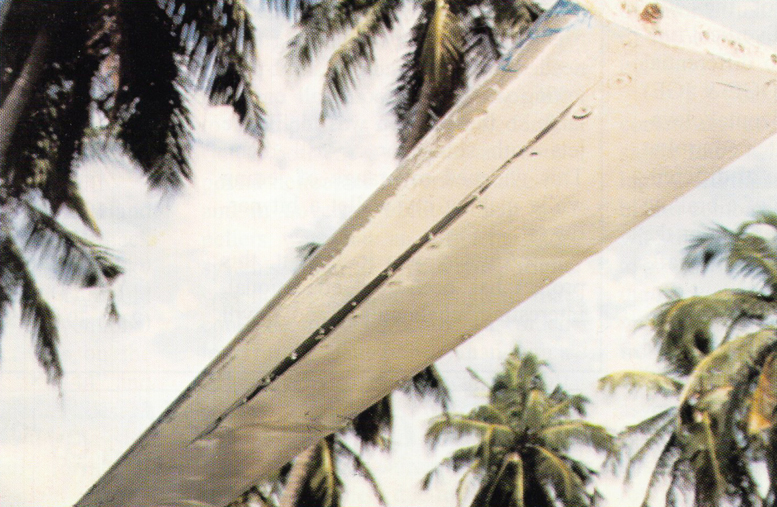
Delaminated main rotor blade.
Clear blue skies with just a few clouds around; rice fields below and the coast – along which we were routed – coming up ahead; all going just as it should, with no suggestion of what was to come! I then felt a vibration in the machine and noticed the bubble canopy in front of me appearing to shake.
I glanced up at the switches and noticed them shaking too. A shake rather than a vibration. The shaking very rapidly got worse and whereas my first thoughts were of bird strike, I soon discounted that as there was no sudden ‘bang’ of such a collision. I then noticed the rotor rpms dropping.
Though I squeezed on more power this had no effect and rpms continued dropping even faster, although all the engine instruments appeared to be within their respective greens. As an instinctive reaction to the falling rotor rpms I quickly lowered collective and noticed the engine rpms were also falling with the still-falling rotor rpms. They had not separated.
Clutch failure? This surprised me. Even lowering the collective to the bottom, was not helping to raise either the rotor or the engine rpms The falling rotor-rpms was confirmed by the photo-tachometers above the panel in front of me.
I quickly Mayday’d the tower and reported that I had an emergency (I said at the time it was an engine failure, but obviously at the time I didn’t know) and was autorotating to a landing below. I had already given them my position a few minutes earlier.
While trying to maintain correct forward speed and direction for auto-rotation I observed our flight path was now at a very steep attitude, and nowhere near the ‘gliding attitude’ which I had experienced during countless practice auto-rotations.
And the ground was coming up fast. Really fast! Like being viewed through a camera zooming from wide to telephoto. I was clearly not going to reach the firm ground towards which we were pointed (and in retrospect that was fortunate!) We were heading straight down into the rice paddies below.
There was barely time to effect, what I hoped was, a flare and ‘up-collective’, before we ‘walloped’ very violently into the slosh. All was suddenly quiet, deathly quiet. Not a sound! Hardly a minute had elapsed since the vibration had commenced to precipitate this crash. For that’s what it really was.
I had crashed! Unbelievable that it should happen to me! I looked around, very shaken by the mishap to my lovely heli’. Unable to account for what had happened. “M”, by my side, broke the peace by his question, “I’m O.K., Sir, how are you?” I moved my arms and legs—all limbs seemed to be functioning, and I seemed able to move my head normally.
I replied, “That was a ‘hell of a crash’. Let’s get out and check”. We undid our harnesses, closed all the taps, and ‘offed’ the switches. I should have done that earlier but there was no opportunity! We quickly stepped out into the slush to look around.
Amazingly, only our cabin appeared intact. All else was a tangled mess. The tail-boom had been chopped by a blade and had separated. The undercarriage and skids were twisted and bent in the muck. The cabin seemed to be floating on the mud and rush-weeds of the soft, unused rice field into which we had fallen. And all was still, deathly quiet.
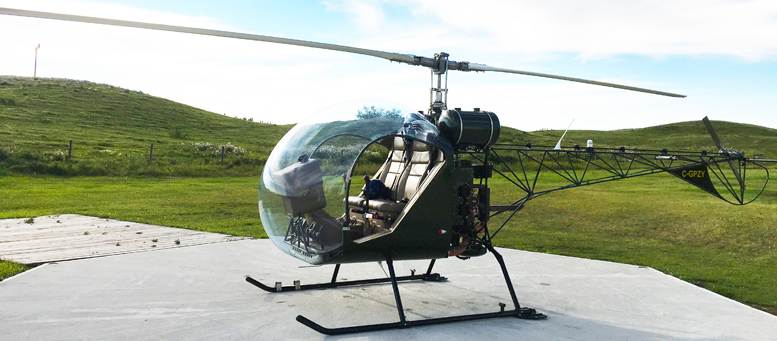
The quiet however was quickly broken by the villagers from the surrounding coconut lands shouting to us as they rushed up. They wanted to know what had happened (this was clearly the most exciting event they’d experienced in at least a decade). We couldn’t answer them as we didn’t know for sure, our selves!
Then I looked up at the blades and pointed them out to “M”. We both observed that one blade had struck the tail-boom during the rapid ‘flare’, but the other had a split showing right along its lower surface.
We “teetered” this blade downwards for a better look and saw that about a four-foot length of the lower surface had delaminated and was open — facing the flow of air — like the mouth of a shark. This had clearly created tremendous drag and slowed the rotor and the engine.
The photograph which is included with this article shows the blade with the delaminated lower-surface having pulled through the rivets too. The photo was taken while still in the field within a few minutes of the crash, and with the background of the surrounding coconut palms.
An Air-Force helicopter, which had been scrambled by the tower upon receiving our Mayday, appeared over head (that GPS fix was ‘dead-on’) and hovered nearby. I walked up and told them there was no one injured (only my pride and joy, but they wouldn’t have understood!) and that I believed I had everything under control. They would advise the tower that I would get the wreck put onto my trailer.
I had summoned it from home using a cell phone which was kindly lent me by a villager. By now, literally hundreds of villagers had arrived and helped to dismantle the rotors and carry the wreck to the gar den of a roadside house, from where we trailered it home several hours later.
What had actually happened? Well, it’s a long story that evolved over several months of investigation by the local (Sri Lankan) Civil Aviation Authorities and the CAA in Britain (Sri Lanka, fortunately, is still part of the British Commonwealth.)
The manufacturers of the kit also required the blades sent back to them for examination. They were naturally concerned to protect them selves against the possibility of legal action. My own greatest concern was that recurrence of the blade failure which I experienced, should be avoided.
It transpired during the investigation that there had been several such (fatal) mishaps earlier caused by delamination of the blade in an identical manner; but the delamination was thought to have taken place, in each instance, as a result of the crash. In none of those earlier events had the pilot survived to relate what had occurred.
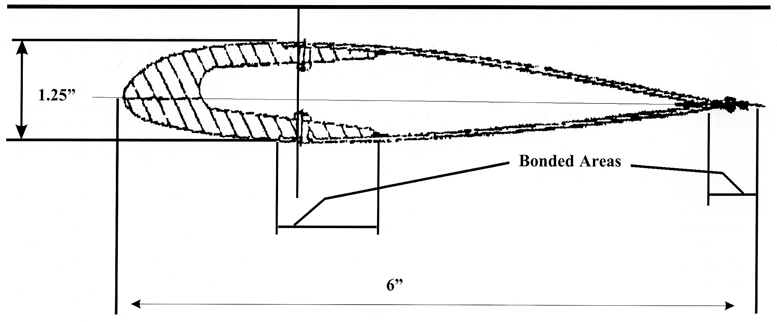
This is a photocopy of page 70 from CAA accident report No. EW/C92/3/5 clearly illustrating, in the sketch, the delamination which occurred in March ‘92. The illustration appears identical with the delamination which occurred to the blade on my helicopter in October ‘94 as shown in the photograph on page 8.
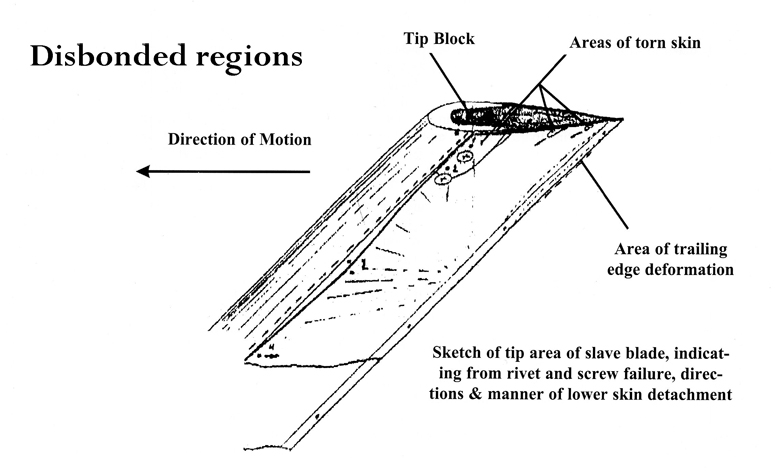
One of the earlier crashes had happened in Britain, and the CAA report contained an illustration of the delamination which had occurred on that occasion. (A copy of a page from that report is also included).
It was identical with mine. It was, at that time, thought that increasing the number of rivets (and reducing the inter-rivet spacing) would adequately strengthen the attachment of the aluminum sheeting to the spar.
The real problem, however, was inadequate bonding strength in the adhesive between the sheeting and the spar. The addition of the rivets, first 5-inches, and then 2-1/2 inches apart, really did not resolve that fundamental problem.
Subsequent recall by the factory of all blades for re-bonding of the aluminum surface sheeting to the spar has apparently resolved the problem. I have often asked myself what alternative action I might have taken to avoid or prevent the mishap.
Certainly I had taken all the precautions suggested in the instruction manuals and during my period of retraining at the factory. The ‘tap test’ to help ‘listen’ to any possible delamination, and regular inspection of the blades, upper and lower surfaces, had been performed before every flight.
I have discussed the event with my U.S. based helicopter instructor. I had long hours of practice autorotations from all directions to make sure I had the procedure down pat.
But no training is ever provided for the eventuality which I experienced, that of a blade delaminating during flight. As my instructor said. “It’s not an event you can practice for. There is absolutely nothing you can do other than what you did instinctively.”
“Hold the ship on course, maintain your speed while auto-rotating, and try to get that flare correct for the rate of descent in which you find yourself. And, pray that someone up there shoves a soft swamp right under where you’re going to crash!”
However, I also believe it is important to recognize the symptoms of blade delamination if (or when) they occur. The symptoms usually develop gradually, but progress rapidly, and are thus quite different from the sudden impact of a bird strike.
I have experienced the latter in a commercial helicopter in Bangladesh which struck a vulture during take-off. On that occasion a normal landing took place but with a lot of vibration. However, a delamination such as I experienced not only slows the rotor, it also forces the engine to lose rpms, as the clutch will not disconnect in that direction.
It could, I was later told, also occur should something (e.g. a very strong bag, which will not rip off) attach itself to a rotorblade. It occurs to me that our manuals never mention such an eventuality.
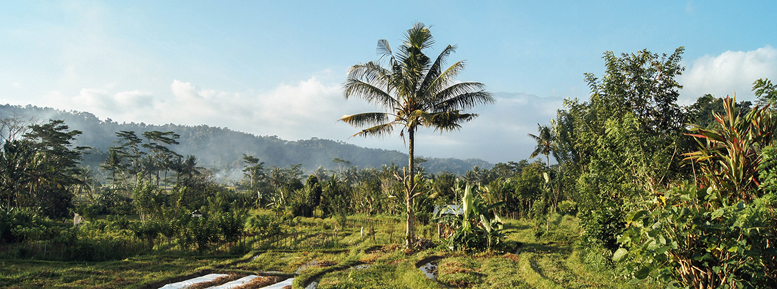
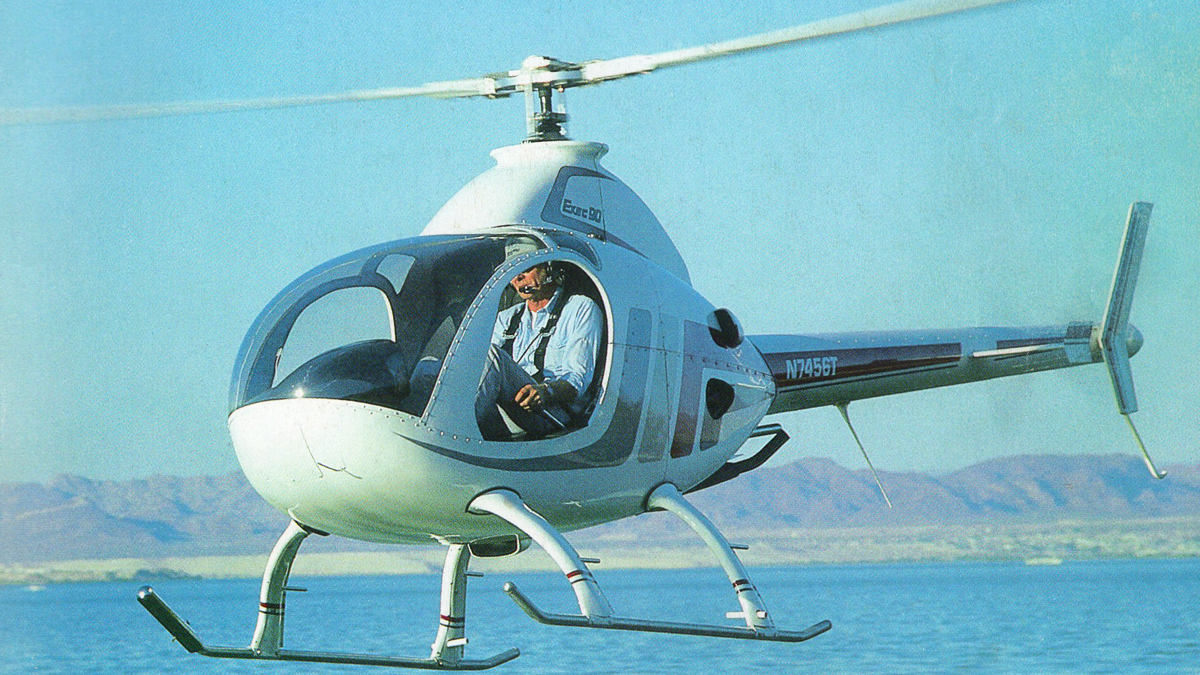

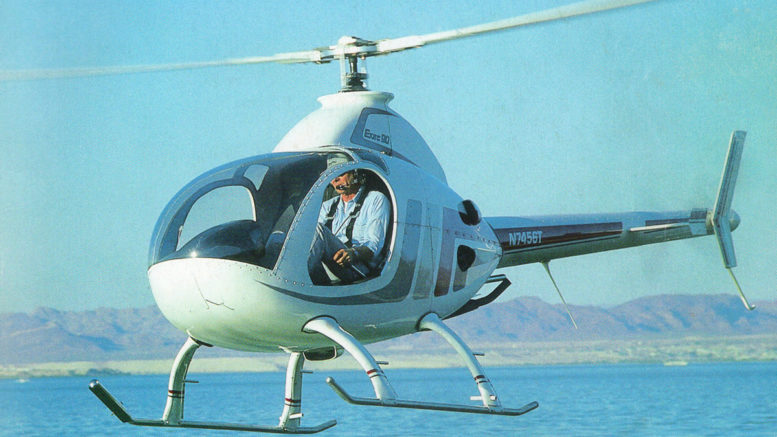
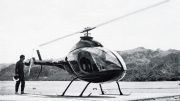
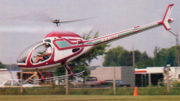
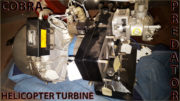
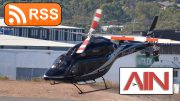
Be the first to comment on "De-Laminated Main Rotor Blade"